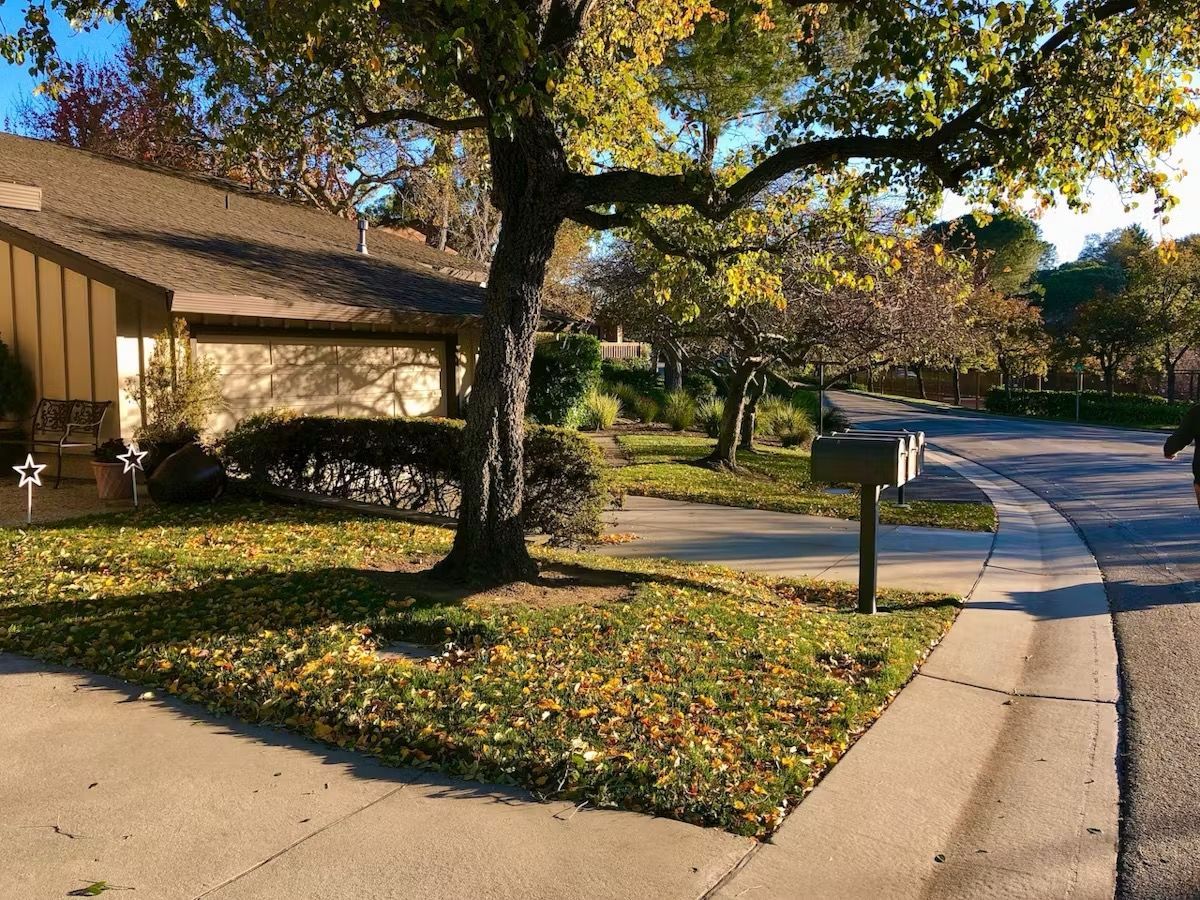Early Origins and Founding:
Menlo Park’s story begins in the mid-19th century when two Irish immigrants, Dennis J. Oliver and D.C. McGlynn, purchased land in the area in 1854. They built a gate with the words “Menlo Park” (after their hometown of Menlough, Ireland) — and that’s how the city got its name. The name stuck so strongly that even when the railroad station opened in 1867, it bore the same name, cementing the identity of the growing community.
Originally a pastoral area filled with ranches, farms, and orchards, Menlo Park became a favored residential destination for wealthy San Franciscans who built summer homes there. Its tree-lined avenues and mild climate offered an attractive escape from the bustle of city life.
Key Historical Milestones:
-1867: Menlo Park train station opens, connecting the community to San Francisco and sparking local growth.
-Early 1900s: The city becomes known for its estates, farmland, and small businesses, blending rural charm with suburban expansion.
-1917: The U.S. government builds Camp Fremont, a World War I training camp, which brought tens of thousands of soldiers through Menlo Park and spurred infrastructure development.
-1940s–1950s: Postwar growth transforms Menlo Park into a suburban residential hub. Families sought homes here for its proximity to Stanford University and emerging tech industries.
-1980s Onward:
Menlo Park gains global recognition as the home of Sand Hill Road venture capital firms, fueling the growth of Silicon Valley’s startup ecosystem.
Fun & Unique Facts About Menlo Park:
-Birthplace of Facebook: The original Facebook headquarters was located in downtown Menlo Park, marking the city’s role in the social media revolution.
-Stanford Connection: Menlo Park sits right next to Stanford University, which has been a catalyst for innovation and entrepreneurship in the area.
-Camp Fremont Legacy: Though short-lived, Camp Fremont brought rail, roads, and housing to Menlo Park, forever altering its landscape.
-Menlo Park’s Symbol: The name and spirit of the Irish “Menlough” live on, making it one of the few Silicon Valley cities directly tied to European heritage.
Why History Matters in Real Estate for Menlo Park:
Understanding Menlo Park’s evolution highlights why its neighborhoods are so sought after today. From quiet, tree-lined streets with historic homes to modern luxury residences built for tech executives, the city reflects both its historic charm and its role at the center of global innovation.
For sellers, this heritage adds prestige to property values. For buyers, it’s an opportunity to become part of a city that not only shaped Silicon Valley’s past but also continues to shape its future.


